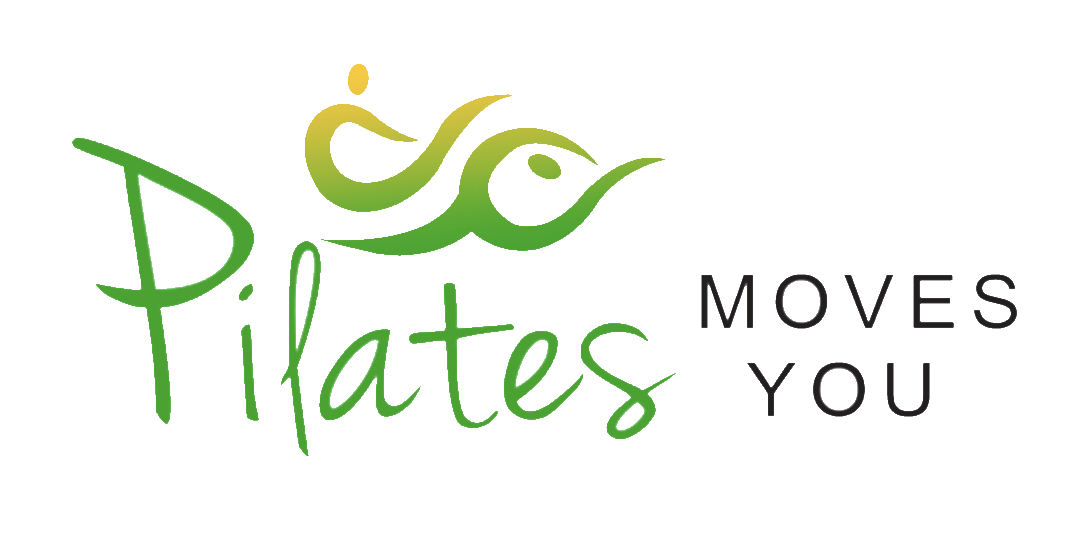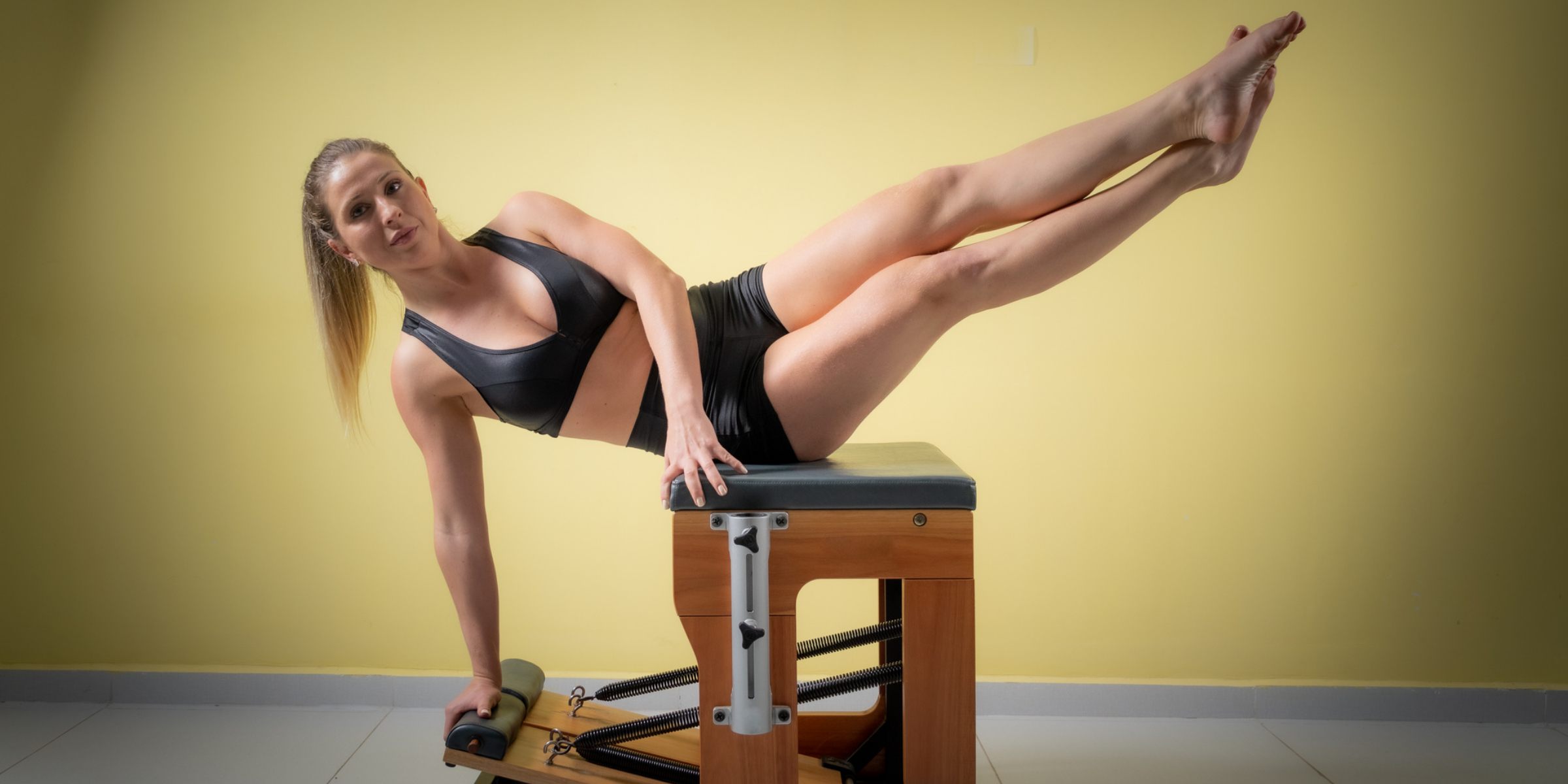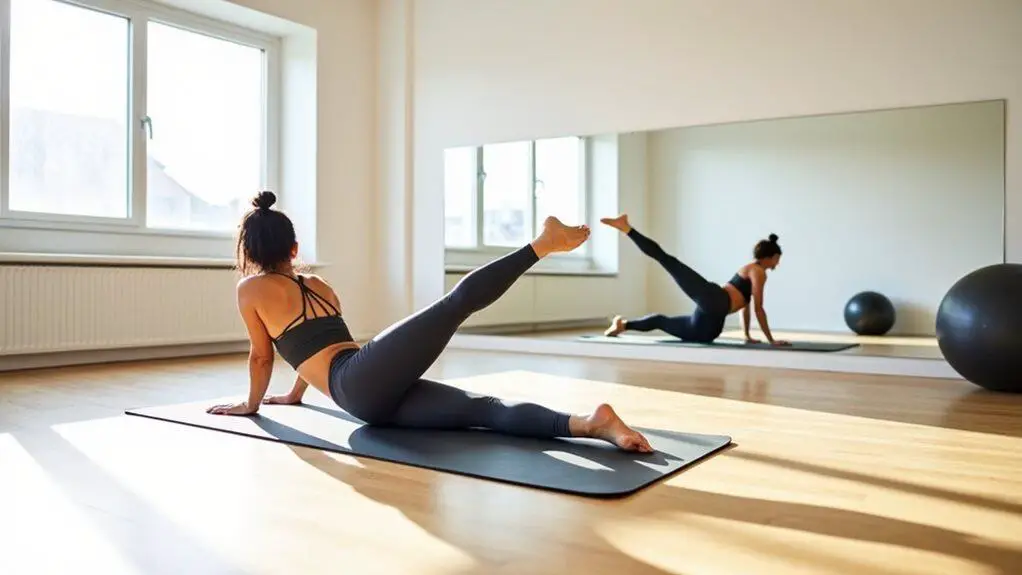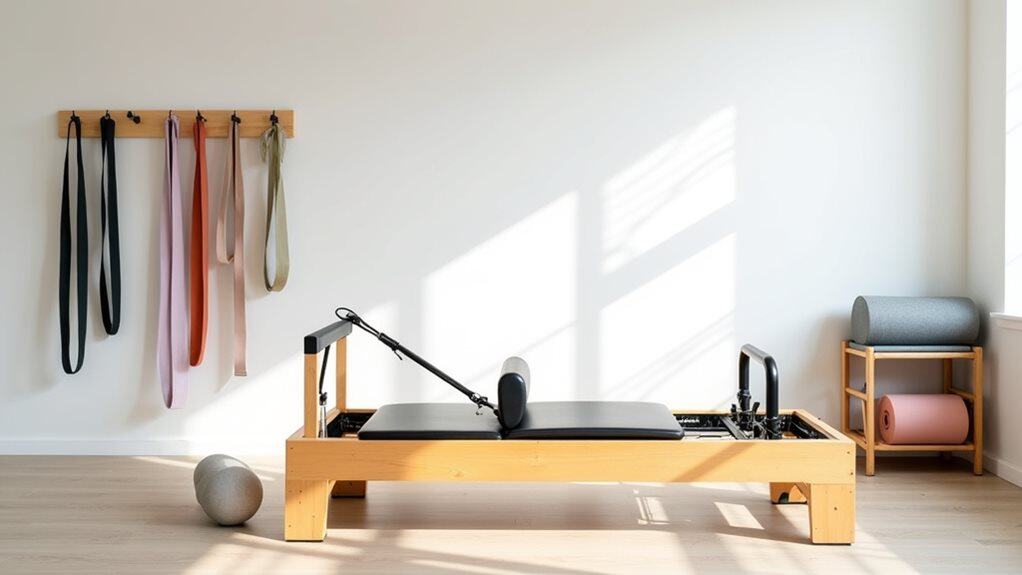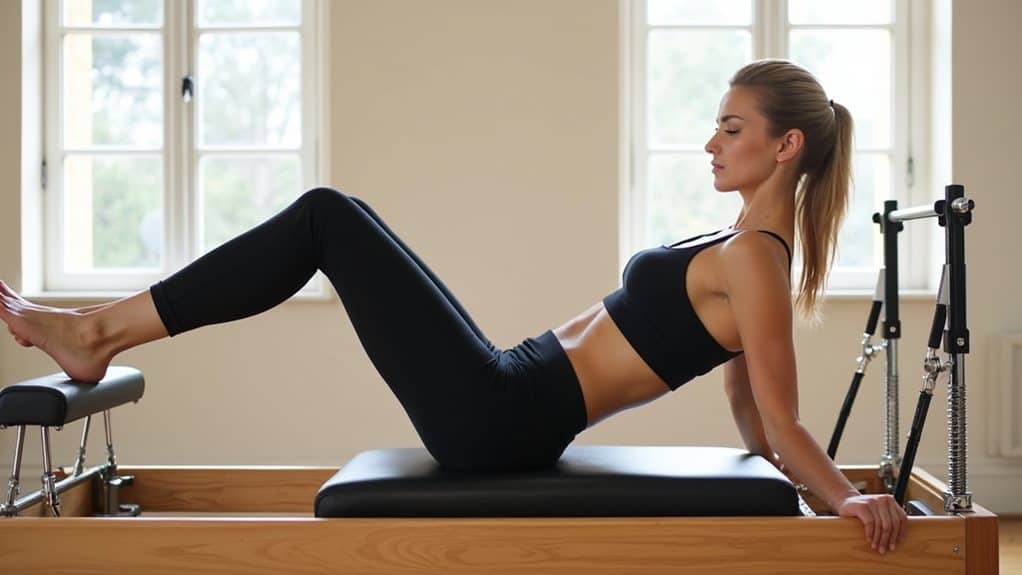Pilates, a form of exercise emphasizing balance, strength, and flexibility, is often associated with the reformer and mat exercises. However, the Pilates Chair, also known as the Wunda Chair, presents a unique challenge for those looking to elevate their practice. This compact piece of equipment, with its simple design and spring-loaded pedal, offers a range of advanced exercises that can deepen core engagement and enhance overall muscle tone.
In this article, we’ll explore some of the sophisticated exercises that the Pilates Chair offers and discuss the multifaceted benefits that they bring, promising a transformative experience for both Pilates novices and seasoned enthusiasts alike.
Core Strengthening Mastery: Advanced Chair Exercises for Peak Performance
When achieving a strong, powerful core, the Pilates Chair emerges as a secret weapon. Advanced exercises on this unassuming piece of equipment are not only innovative but also incredibly effective at carving out a chiselled midsection and enhancing functional strength.
In this section, we will push past the basics and dive into a series of challenging workouts that promise to test the limits of your core’s capabilities.
These high-level movements, designed for those with a solid foundation in Pilates, aim to amplify your core’s strength, improve your body’s overall stability, and drive you toward peak performance.
Here are some transformative exercises to incorporate into your routine:
- The Step-Up Series: This sequence challenges your balance and coordination while engaging the deepest layers of your abdominal muscles.
- The Wunda Chair Teaser: An advanced variation that brings a new difficulty level to the classic Pilates teaser, requiring superior control and precision.
- The Mermaid with Twist: This movement not only works the obliques but also integrates the shoulders and lats, promoting a harmonious upper and lower body connection.
- The Horseback: Mimicking the posture of equestrian sports, this exercise demands intense core engagement, improving posture and lower back strength.
- The High Bridge: An advanced exercise that targets the core while also opening the chest and shoulders, offering a counterbalance to the forward-flexion movements in Pilates.
Beyond the Core: Full-Body Benefits of Pilates Chair Workouts
Pilates chair workouts are often praised for their profound impact on core strength, yet the benefits extend far beyond the abdominals, encompassing a full-body transformation.
This versatile piece of equipment is designed not only to refine and sculpt your core but to challenge and improve the entire musculature system, enhance flexibility, and boost cardiovascular health.
These workouts are intricately designed to activate multiple muscle groups simultaneously, promoting balanced muscle development and increased overall strength.
The resistance from the chair’s springs is adaptable, allowing for a customized workout that can be as gentle or intense as desired, making it suitable for all fitness levels. The Pilates chair encourages a full range of motion, improving flexibility and joint health.
Additionally, the Pilates chair’s design promotes the principles of functional fitness. The exercises often mimic daily movements, which can enhance performance in everyday activities and reduce the risk of injury. Regular practice can also lead to better posture, as the workouts emphasize spinal alignment and the strengthening of the postural muscles.
From a mind-body perspective, Pilates chair workouts require concentration and a deep connection with the body, contributing to better mental focus and stress reduction. The precise nature of the movements cultivates a sense of body awareness that can extend into daily life.
Pilates Chair Progressions: Safely Advancing Your Exercise Routine
Advancing your Pilates chair routine is a journey that demands attention to detail, patience, and an unwavering commitment to safety.
In the realm of Pilates, more so than in many other fitness domains, the adage “slow and steady wins the race” is particularly pertinent.
The progression from beginner to advanced exercises on the Pilates chair should be measured and intentional, focusing on the quality of movement over quantity or speed.
This progression ensures a sustainable practice that reduces the risk of injury and builds true, functional strength.
The cornerstone of safely advancing in Pilates chair workouts is a strong foundational skill set. Before attempting more complex movements, it’s essential to master the basics. This foundation includes a thorough understanding of core engagement, proper spinal alignment, and the ability to execute movements with control and precision. Once these fundamentals are in place, you can begin to explore the following progressions:
- Gradual Increase in Resistance: Begin with lighter spring settings and, as your strength and confidence grow, gradually increase the resistance to challenge your muscles further.
- Enhanced Movement Complexity: Start with simple movements and slowly introduce exercises that involve multiple planes of motion or combine several steps into one fluid movement.
- Controlled Increment of Repetitions: As your endurance improves, add more repetitions to your sets, ensuring you maintain proper form throughout.
With these progressions, it’s vital to maintain a laser focus on technique. The Pilates chair is unforgiving regarding sloppy execution; thus, precision is paramount. Each movement should be performed with attention to the breath, synchronizing with your movements to maintain control and flow.
Another aspect of safe progression is the integration of rest and recovery. Pilates chair workouts are intense and can tax the muscular and central nervous systems. Allowing time for recovery is just as important as the workouts themselves to prevent burnout and overtraining.
Incorporating feedback from a certified Pilates instructor can be invaluable in progressing safely. Professional guidance can correct subtle misalignments and recommend when to move forward or revisit the foundations.
Progressing in your Pilates chair routine is a personalized and deliberate process. By following these guidelines, you’ll ensure a practice that not only challenges and strengthens your body but also honors its current state, leading to long-term success and health.
Harnessing the Chair: Tips for Integrating Advanced Pilates Chair Exercises into Your Regimen
Integrating advanced Pilates chair exercises into your regimen can seem daunting, but with the right approach, it can lead to remarkable fitness breakthroughs. The Pilates chair is a versatile tool that, when harnessed correctly, can significantly enhance the complexity and effectiveness of your workouts. To ensure a successful integration of advanced exercises, here are some tips to keep in mind:
1. Establish a Solid Foundation: Before incorporating advanced moves, ensure you have a strong grasp of basic Pilates principles and techniques. A firm foundation in Pilates mat exercises can provide the core strength and stability to tackle more challenging chair workouts.
2. Gradual Progression: Resist the urge to leap into advanced exercises too quickly. Instead, gradually progress by first mastering beginner and intermediate exercises on the chair. This will help you build the strength and technique required for advanced movements.
3. Prioritize Quality Over Quantity: Focus on performing each exercise with precision and control rather than on the number of repetitions or sets. Quality movement ensures maximum benefit and reduces the risk of injury.
4. Listen to Your Body: Pay close attention to the feedback your body provides. If an exercise causes discomfort or pain beyond normal muscle fatigue, step back and reassess your form or consult a Pilates instructor.
5. Consistent Practice: Regular practice is key to improvement. Integrate the chair exercises into your routine consistently, allowing your body to adapt and your muscle memory to solidify the movements.
6. Use Modifications and Props: Don’t hesitate to modify exercises or use props as needed. This can help you perform exercises correctly and safely, especially when building strength and flexibility.
7. Seek Professional Guidance: Work with a certified Pilates instructor who can provide personalized advice and adjustments. They can help ensure you are ready for advanced exercises and guide you through them safely.
8. Focus on Breath: Pilates exercises are synchronized with breath, which aids in the execution and control of each movement. Remember to breathe consistently and use your breath to guide your movements.
9. Balance Your Routine: While advancing in your practice, balance the challenging exercises with those that help to restore and realign the body to prevent muscle imbalances and overtraining.
10. Keep a Pilates Journal: Documenting your practice can be an excellent way to track progress, note which exercises you’ve incorporated, and observe how your body responds to the advanced routines.
By following these tips, you’ll be better equipped to safely and effectively incorporate advanced Pilates chair exercises into your fitness regimen. With patience and practice, these exercises can elevate your Pilates experience, enhancing strength, flexibility, and overall fitness.
Sources:
https://complete-pilates.co.uk/pilates-chair/
https://betterme.world/articles/chair-pilates/
Wunda Chair: Its Benefits and History
